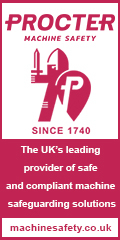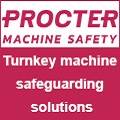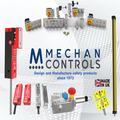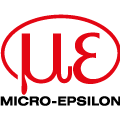
Posted to News on 24th Mar 2023, 09:35
From F5 to F6: how to switch to the new drive controllers
See KEB Automation at MachineBuilding.Live, 4 October 2023, on stand 51
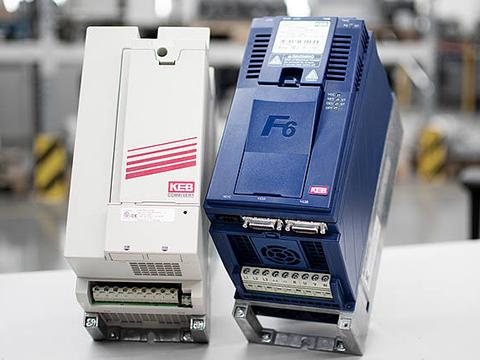
The new KEB drive controller generation – COMBIVERT F6 and S6 – opens up new possibilities and potential for users to increase the efficiency of machines and systems. But how is the switch from COMBIVERT F5 to the F6 achieved and what should be considered?
The requirements in machine and plant design continue to evolve – and so does drive technology. Against this background, KEB Automation has introduced the COMBIVERT F6 drive controller as successor of the COMBIVERT F5. In numerous applications around the world, the all-in-one drive controller ensures maximum efficiency.
With a more compact design and a correspondingly optimised power density, as well as improved cooling concepts, the COMBIVERT F6 has features that take into account the changing demands of mechanical engineering and machine design and build. Further advantages are offered in daily practice by the use of modern bus systems and the possibilities of encoderless safety, which reduces wiring effort and costs.
And last but not least, a wide variety of motor technologies can be controlled with the COMBIVERT F6. Regardless of whether the motor is asynchronous, synchronous, synchronous reluctance, IPM linear or high speed, it is possible to switch to the respective motor via software.
Switching from F5 to F6
More and more users are turning to the new generation of drive controllers from KEB. The staff in KEB’s service department provided support in the actual implementation of the change from the F5 to the F6. Niels Haase, service support coordinator at KEB comments: “It doesn’t matter whether the request is for a new series of machine or for existing machines. In an initial discussion by phone or on the customer’s site, we record the requirements that the drive controller must fulfil in the application.”
These requirements include both mechanical and electrical aspects. In addition, the environmental conditions in which the machines and systems are used, acceptances and approvals, as well as the desired software and hardware functions also play a central roles in the joint discussion of the requirements for use of the drives.
“For better planning, we define a start and planned end of the customer project for each conversion of the drive controllers. When designing the drives, we use simulation methods such as hardware in the loop, which often shortens the time required for the changeover,” says Haase. “Apart from this, adapter solutions are also possible. When adapting from the F5 to the F6, the focus is then primarily on the pin assignment of encoders.”
Before the new drive controllers are used in the machines and function smoothly there, they are tested in advance by KEB. Once the day of commissioning arrives, users can again count on the help of the KEB service team – on site or remotely.
Want the latest machine building news straight to your inbox? Become a MachineBuilding member for free today >>



